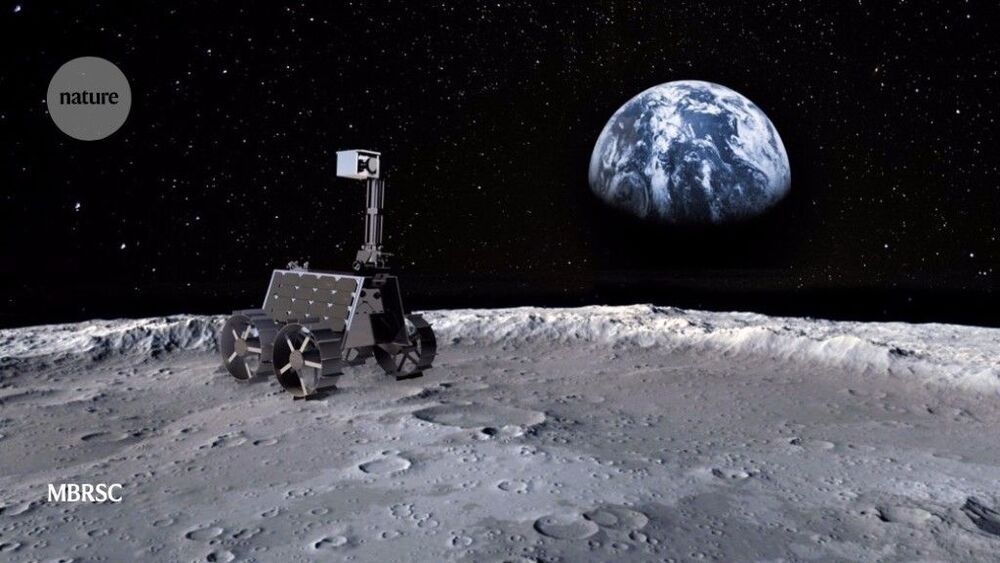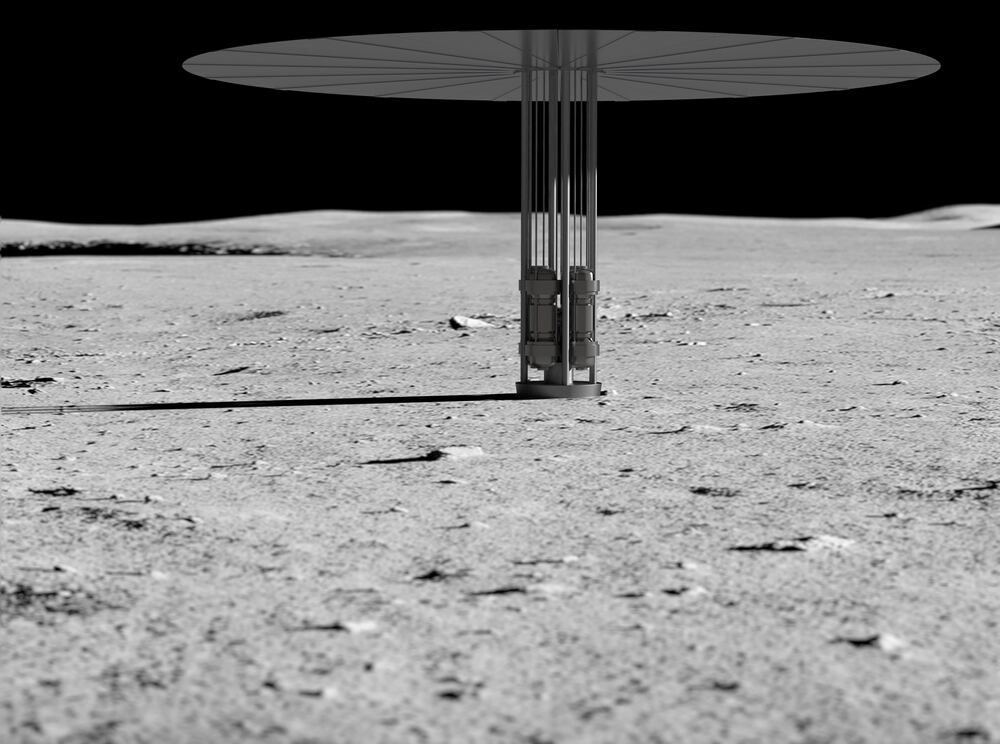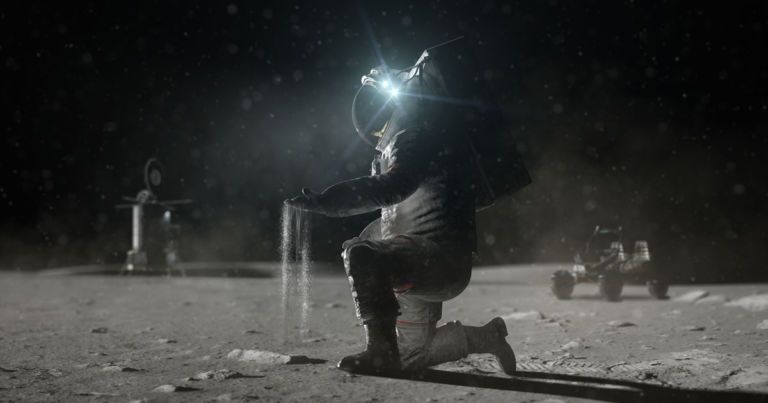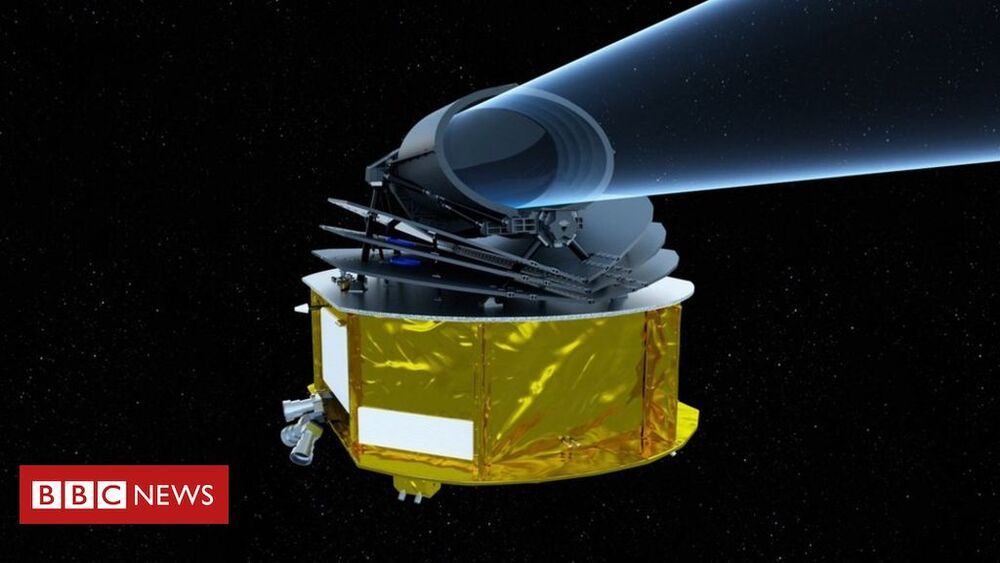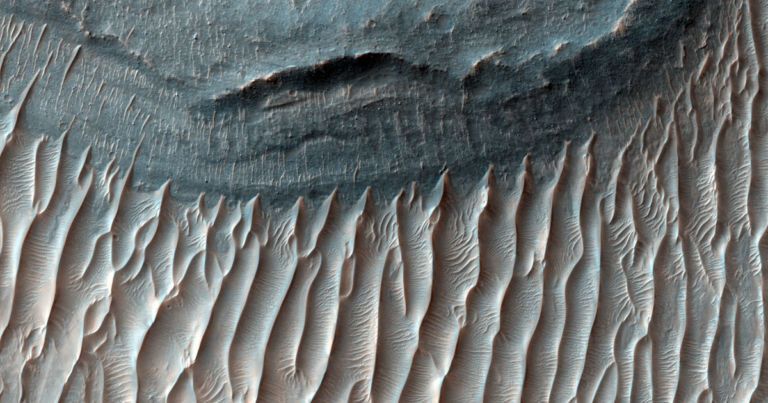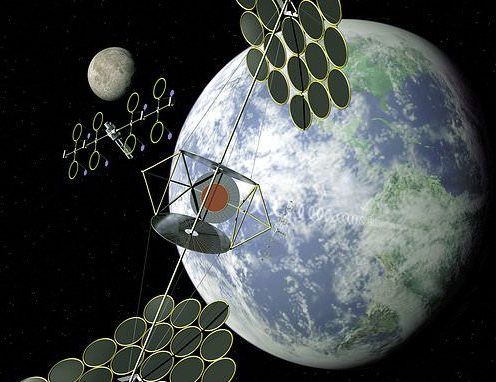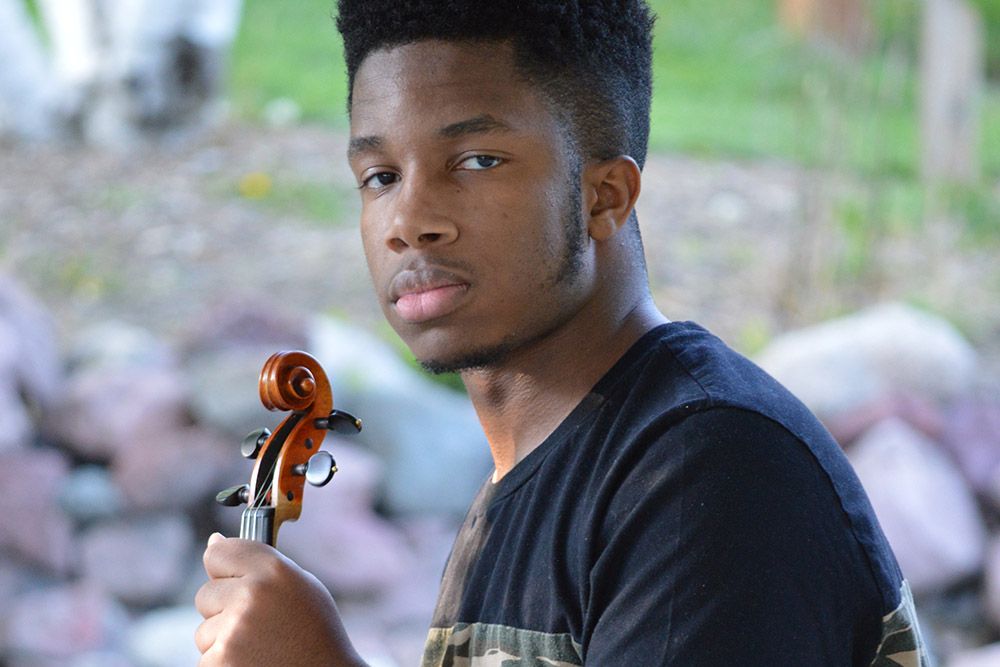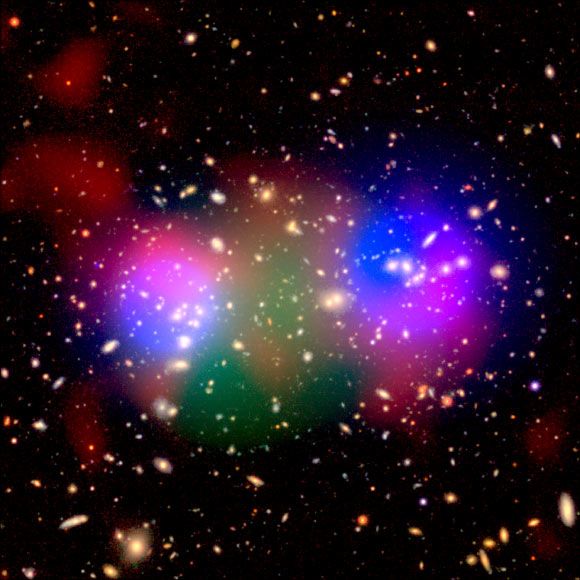NASA and the U.S. Department of Energy will seek proposals from industry to build a nuclear power plant on the moon and Mars to support its long-term exploration plans. The proposal is for a fission surface power system, and the goal is to have a flight system, lander and reactor in place by 2026.
Anthony Calomino, NASA’s nuclear technology portfolio lead within the Space Technology Mission Directorate, said that the plan is to develop a 10-kilowatt class fission surface power system for demonstration on the moon by the late 2020s. The facility will be fully manufactured and assembled on Earth, then tested for safety and to make sure it operates correctly.
Afterwards, it will be integrated with a lunar lander, and a launch vehicle will transport it to an orbit around the moon. A lander will lower it to the surface, and once it arrives, it will be ready for operation with no additional assembly or construction required. The demonstration is expected to last for one year, and could ultimately lead to extended missions on the moon, Mars, and beyond.
